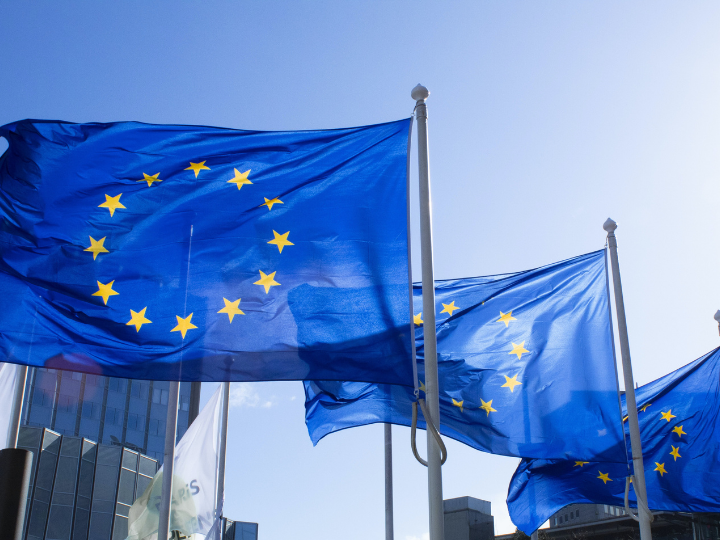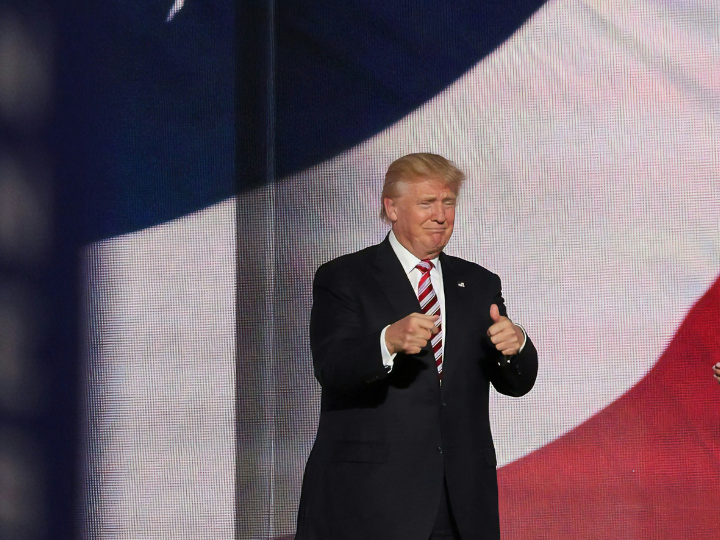by Francois Lafond*
The global consequences of the erosion of the rule of law and America’s new US isolationism and changed terms for its security alliances; or the future of the Middle East, where the prospect of a peaceful coexistence between Israel and Muslim countries seems increasingly utopian.
In front of such dangerous and unpredictable world, and even if the European Union was not legally equipped in the different Treaties to become a military power with a well-articulated European defense framework, the situation is slowly changing, at different paces in the Member States and despite numerous constraints.
First, history and geography are both naturally playing a clear role in the appreciation of which dangers to prioritise and in the determination of the best ways to react. Indeed, before producing new defense capabilities (or planning any military actions), the EU 27 have to be on the same page on when to react, how to do it, with clear common objectives and defined targets.
Once agreed, command structures and decision-making processes are decisive but national governments will continue to consent or not on the involvement of their defense capacities and army, and for NATO member states, the NATO command and consultation structure will need to be involved.
Second, even if four members of the EU (Austria, Cyprus, Ireland and Malta) are not members, the North Atlantic alliance (NATO) has been since the end of the second WW the best political and military platform to provide the necessary military protection to the European continent.
A “free- rider” security situation for most of European countries but providing also for the US main shareholder of the alliance a privileged position in terms of disseminated military bases on all the continent, soldiers presence (?120 000) and captive defense market to provide a full range of American equipment and technologies, with the argument of providing the best interoperability possible and coordinated NATO exercises.
For many decades, the European pillar of NATO was not central to discussion in the way it is becoming so now. Indeed, the US administration’s view that of global threats and potential crises are now principally elsewhere rather than on the continent of Europe, coupled with the budgetary constraints instrumentalized by the Trump 2.0 Presidency, are slowly modifying NATO’s role and equilibrium among its 32 members.
A new European security architecture seems to be necessary, considering the high intensity war at our borders. This discussion should take stock of what NATO members have built and how the alliance military apparatus will continue to provide many capabilities.
Even if in the past the Europeans (by themselves) have attempted to propose a common security view for the continent and to start to equip the European Union with institutional and legal tools, the most recent two exercises have been quickly outdated by subsequent developments: these were the Global Strategy for EU’s Foreign and Security Policy by Federica Mogherini in June 2016 with the Brexit referendum, and the Strategic Compass proposed by Josep Borrell in March 2022, a few days after the launch of the Russian “special operation” in Ukraine.
The Strategic Compass proposed a common strategic vision and concrete objectives to strengthen the EU’s security and defence policy by 2030. It covers all aspects of security and defence policy and is structured around four pillars: act, secure, invest and partner.
Many initiatives have been proposed (Military assistance mission in support of Ukraine, maritime security operation ASPIDES, adoption of the EU space strategy for security and defence, and the cyber resilience act, reinforcement of the single intelligence analysis capacity and the EU satellite Centre, adoption of the third EU-NATO joint declaration, publication of a European defence industry package, including a strategy and a legislative proposal for a defence industry programme among other initiatives).
Several possibilities for EU member states to engage – on a voluntary basis – in Permanent Structured Cooperation (PESCO) in the area of defence were introduced by the Lisbon Treaty in 2009. PESCO provides a framework and a structured process to gradually deepen defence cooperation in order to deliver the capabilities needed for the most demanding missions and thereby improve EU citizens’ security. More than 75 initiatives can be listed.
Despite these initiatives, and a real step by step involvement by the European Union, European citizens are demanding much more. In the last European Parliament Eurobarometer (Winter 2025), 66% consider that EU’s future role should become more important to protect citizens against global crises and security risks, and 36% asking first to focus on “defence and security”!
From this, let’s focus on key issues that Europeans will have to consider in the coming years:
First, the Draghi report is underlining, after many others, how the defence industry in Europe is too “fragmented, hindering its ability to produce at scale, and it suffers from a lack of standardization and interoperability of equipment”. The White paper for Europe defence - readiness 2030 is providing new orientations. Enough to avoid national solutions? What are the conditions to rationalize defense expenditure? What role for the European Commission?
One of the main assumptions for the strengthening of European defense capabilities on the mid and long term (with joint procurement mechanisms), is to focus the spending of European public money on European products and equipment. In principle, this privileging of European industrial production (meaning also the UK) will be beneficial to European jobs and to will make Europe more autonomous. But what about other NATO partners? What should be the criteria to consider? And if exceptions are to be made, what timeline should be used? What are the possible implications, either positive or negative, for the transatlantic alliance?
Among many security tools that NATO is providing to its members, nuclear deterrence is the top guarantee. With the current uncertainty on NATO’s role or with a possible reconfiguration of the American parameters of engagement, how should European countries react?
Considering that the French nuclear system is the only one in Europe completely independent from the US, President Macron has indicated his willingness to discuss with European partners how this could work and where the limits of the French “vital interests” might lie. Do we have to seriously consider this proposal and what are the possible parameters to be adressed?
With such an uncertain international situation, the concepts of “European strategic autonomy” or “European sovereignty in the defense and security domain” can no longer be considered an arrogant or protectionist concept. What are the main conditions in order to operationalize and to translate it in concrete actions? How can “coalitions of the willing” contribute to such common objective? In the EU Treaty framework when possible? Outside if needed?
The NATO summit in the Hague this week will give us new indications on how the Europeans will need to move forward with such unpredictable and not EU friendly US President. This is time for EU members to behave as adults in the room.
*International expert
**Remarks introducing the session on the Future of European Defence, at Siena conference on the Europe of the Future, 20 June 2025. Sixth Siena Conference on the Europe of the Future - Vision | think tank; a “factory of ideas”




 By: N. Peter Kramer
By: N. Peter Kramer
